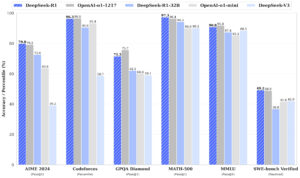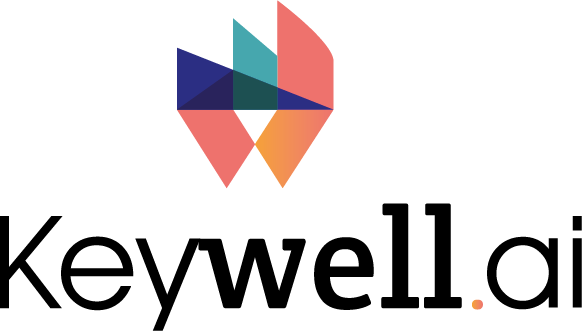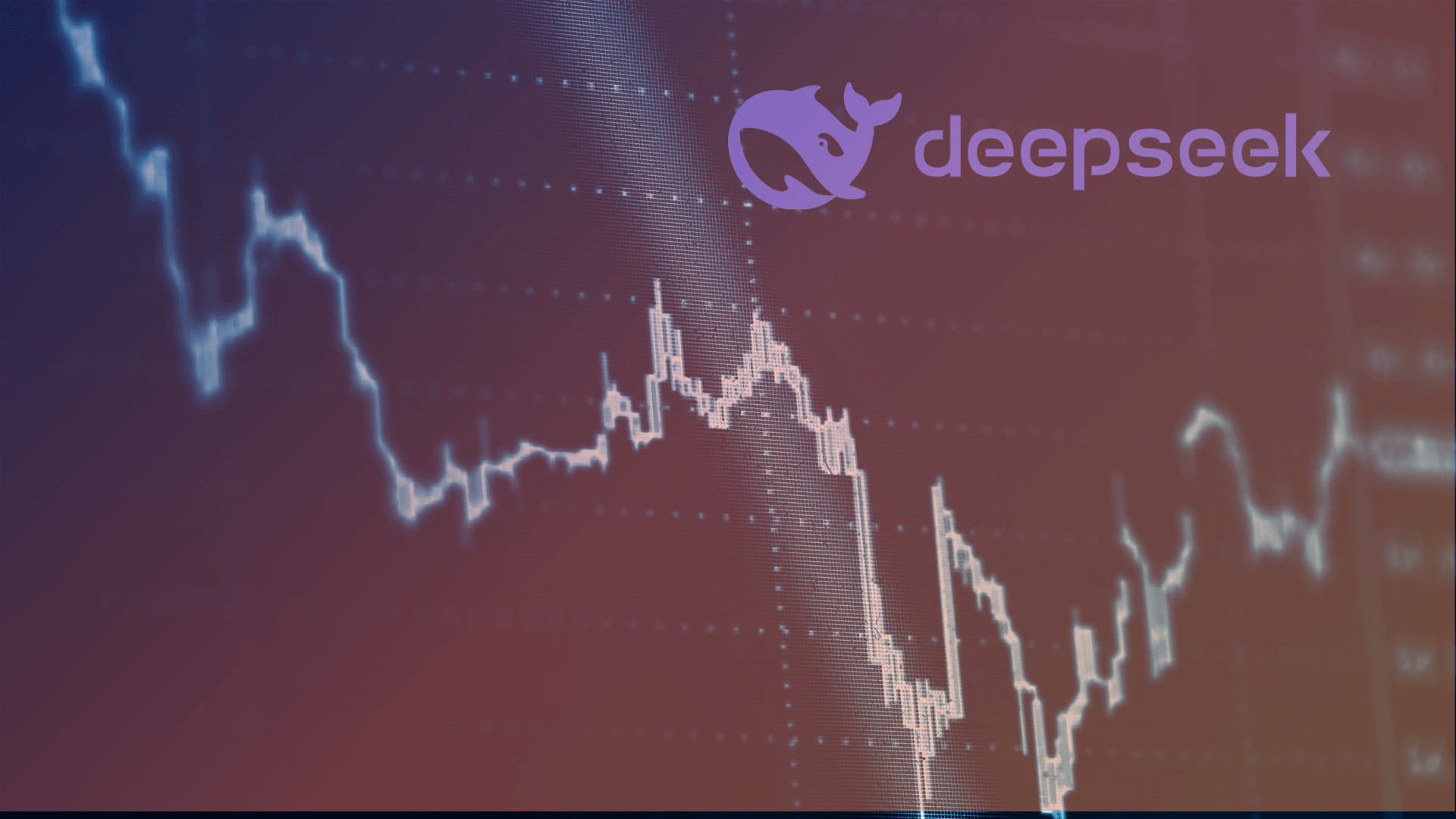What is DeepSeek?
DeepSeek, a new Chinese large language model (LLM), made waves across the technology sector this week, with capabilities that rival market leaders like OpenAI’s O1 model. The AI application quickly caught attention not just for the buzz around its technical achievements, but for its dramatic effect on the market.
News about the launch of the new model caused Nvidia, the leading AI chip manufacturer, to lose nearly $600 billion in market value in a single day.
Many of our clients in healthcare and human services are watching DeepSeek’s emergence closely as they plan their technology strategies.
The Significance of DeepSeek
DeepSeek is an iteration on existing open-source models like Meta’s Llama, rather than a fundamental innovation in LLM development — but here’s why it’s having a major market impact.
1. Open Source Accessibility
DeepSeek stands out because it combines open-source availability with performance that matches leading reasoning models like OpenAI’s O1. This open-source status allows organizations and developers to use and modify the model, even for commercial purposes.
2. Cost-Effectiveness
The model achieved its capabilities with remarkably low development costs and used less compute power to generate similar performance. That news is what sent Nvidia’s stock plummeting and rippled through the GPU ecosystem. Operating costs are also significantly lower than OpenAI and other competitive API products, though some speculate this comes from subsidization, lower electricity costs, and loss leader strategies.
3. Market Implications
DeepSeek’s emergence suggests that leading U.S. commercial AI products face stronger global competition than previously understood. The technology points toward a future where LLMs might become commoditized instead of remaining under the control of a few dominant companies. However, from our perspective, this development is unlikely to significantly alter the long-term demand for chips, computing power, and energy resources. In fact, more availability of highly effective low-cost models should increase the usability and demand for compute in the long run.
The chart below demonstrates the performance of DeepSeek compared to OpenAI models on a series of AI reasoning tests.

Source: DeepSeek-R1 GitHub
Strategic Implications for Health and Human Services
Primarily, healthcare and human services organizations should avoid building their AI strategy around a single model or product, because we’ll continue to see commoditization. We’ve been talking to a lot of companies and HHS organizations about their AI strategy, and many of them are starting by forming partnerships with OpenAI or similar market leaders to enable ChatGPT in the workplace. That’s a place to start, but we encourage focus on developing capabilities that can plug and play LLMs.
I like how the Databricks Chief AI Scientist, Jonathan Frankle, describes intelligence as “a raw form of computing” or as a “processing unit.” When organizations build platforms and capabilities on top of this new computation unit to meet their business goals — that’s the real AI strategy.
The advancement of open-source models presents significant advantages for healthcare organizations. These models can operate in fully secure environments, which minimizes information security risks.
While current open source options exist, they haven’t matched proprietary models in performance — until now. Additionally, the lower costs associated with these models potentially improve the return on investment in AI for health and human services. The open source nature of the model also allows “spin-off” models, and we’re keeping an eye on this one called PatientSeek specifically designed for medical use cases.
Most importantly, healthcare organizations need to maintain their focus on comprehensive AI strategy and specific business use cases. LLMs will continue to evolve, so clear business objectives and adaptability should take priority over specific technology choices.
Moving Forward with AI
The launch of DeepSeek signals a move toward more accessible, cost-effective LLMs. For healthcare organizations, this development creates opportunities to implement secure, powerful AI solutions while maintaining control of sensitive data. Successful AI strategies will prioritize flexibility as the technology advances.
We’re building in this space and are always happy to talk about AI use cases for health and human services – please feel free to find some time to speak with us if this is something you’re working on.




